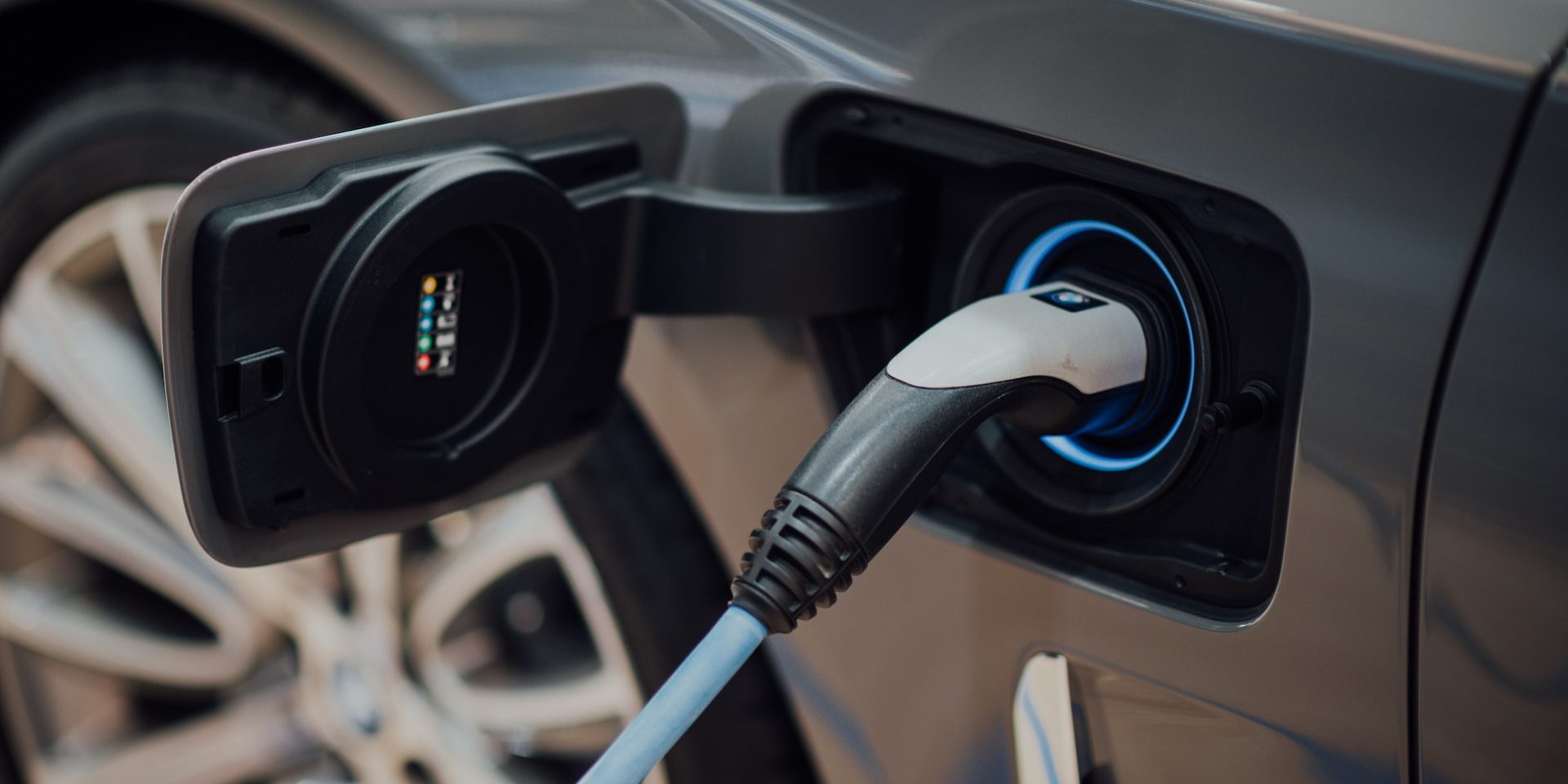
Are Electric Trucks Really Safer? What Car Accident Victims Need To Know About EVs and Injury Risks
Electric vehicles (EVs) are becoming more common on US roads. Improved battery technology and increased concerns about the environment make electric cars and SUVs more appealing choices for South Carolina drivers.
Yet, EVs may come with risks. EV batteries increase the weight of these vehicles relative to their gasoline-powered counterparts. The massive weight of electric trucks and SUVs could mean more serious injuries from collisions.
The Hummer EV Sets Weight Records and Raises Concerns
General Motors recently announced plans to start selling its Hummer vehicle in an electric form. Test data that GM filed with the Environmental Protection Agency (EPA) reveals that the GMC Hummer EV weighs significantly more than previous gasoline Hummer vehicles. GM estimates that the Hummer EV weighs 9,063 pounds.
Much of the increased weight of the Hummer EV comes from the vehicle’s battery. The battery in a Hummer EV weighs 2,923 pounds, according to GM’s EPA filing. For comparison, a 2023 Honda Civic Sport weighs 2,935 pounds, according to the manufacturer.
The average curb weight of a gasoline-powered Hummer H1 is 7,500 pounds. The Hummer EV weighs over 1,500 pounds more. That extra weight could translate to extra force impacting drivers, passengers, and others during a collision.
Heavier Vehicles Could Mean More Severe Injuries
Even before electric vehicles reached the market, heavier vehicles were resulting in more pedestrian deaths. A 2020 study from the Insurance Institute for Highway Safety found that pedestrians were more likely to die in a crash with an SUV than in a crash involving a car.
The IIHS study found that the risk to pedestrians increased with the speed of the vehicle. In collisions that occurred below 20 miles per hour, both pedestrians hit by cars and those hit by heavier SUVs were likely to experience only minor injuries. Between 20 and 39 miles per hour, however, 30 percent of SUV crashes resulted in a pedestrian’s death compared to 23 percent of car crashes. At 40 miles an hour or above, every SUV crash in the study resulted in death, but only 54 percent of crashes with cars did.
Attempts to redesign SUVs have made them less dangerous in collisions with other vehicles, according to a 2019 IIHS study. The redesigns have not affected the risk of collisions with pedestrians, however.
Additional Dangers from Heavier Electric Vehicles
Compared to a sedan, an SUV isn’t merely just heavier. It is also taller and wider. According to the IIHS, both the increased size and increased weight contribute to a higher risk of serious injury or death in pedestrian crashes.
Since the mid-1980s, the number of pedestrian deaths involving a truck, van, or SUV increased from 22 percent to 44 percent, according to research from the University of Wisconsin-Milwaukee. Researchers connected the increased deaths to the increased size and weight of SUVs. In a collision with a pedestrian, an SUV is more likely to produce head, neck, and back injuries. A sedan, by contrast, is more likely to cause leg injuries.
Trucks, vans, and SUV designs are tailored as taller, wider vehicles as well. The increased size of these vehicles both decreases visibility for drivers and increases the risk of others being seriously injured from a collision.
Electric trucks, vans, and SUVs may pose a “worst of both worlds” scenario for pedestrians and others on the road. Their larger size makes them more likely to cause fatal injuries, following the trend of their gasoline-powered counterparts. Their heavier weight also generates more momentum, which can cause greater damage in a collision.
Electric Pickup Trucks Also Weigh In as Dangerous
General Motors isn’t the only automaker producing electric vehicles that are heavier than similar gasoline-powered ones. The proposed Ford F-150 Lightning pickup truck, for instance, is approximately the same size as the gasoline-powered Ford F-150. But the Lightning weighs over 35 percent more than the original gas version due to its 1,800-pound battery.
Traffic deaths and serious injuries increased rapidly in 2021 and continued to rise in 2022, according to the National Highway Traffic Safety Administration (NHTSA). The Governors Highway Safety Association (GHSA) recorded 6,283 pedestrian deaths in 2018, the highest number since 1990. While other nations worldwide have decreased their rates of pedestrian deaths, the US has watched these numbers increase. As more electric vehicles appear on the roads, risks to drivers, passengers, bicyclists, and pedestrians may keep rising.
If you were injured in a collision with an EV car, truck, or SUV, talk to the experienced Charleston car accident lawyers at the Steinberg Law Firm today.




















